|
What's in a name? In the case of plants they sometimes allude to an earlier time when the common name of plants often referred to physical characteristics, resemblance to something else or became the go to plant for certain herbal uses. Having so many plants with 'wort' in their name, you would think that there should be an entire 'wort' family but no, mostly they are unrelated, connected only by the belief that they had some medicinal or household value. Sometimes they became 'wort plants because they looked like a part of human anatomy; liverwort, lungwort and bladderwort, using the theory that if it looked like a body part, then it must be good for aliments of that particular organ. Other plants garnered the “wort” as an ending to their name as they were considered medicinal plants used for the treatment of symptoms but not necessarily related to a specific body part and lastly they became 'wort' plants if they could be used in a household for various reasons but usually in cooking, brewing, dying or cleaning. I knew I had a number of 'wort' plants in the garden but looking around it turns out there are more than just a couple. There are woundworts and sneezewort (above), gypsywort, nipplewort and St John's wort but also bridewort (now called meadowsweet), ragwort, dropwort, figwort, hornwort (an aquatic plant in the pond), lesser spearwort, greater and lesser stitchwort and soapwort. Woundwort: Two species grow here regularly, Hedge Woundwort - Stachys sylvatica (above) and Marsh Woundwort - Stachy palustris but when I sowed a couple of packets of annual wildflower seeds one of the flowers that arrived was Field Woundwort. Marsh Woundwort prefers a slightly damper grassland habitat whereas Hedge Woundwort will readily take to banks and drier grassy places, Field Woundwort is an annual that gets out-competed by other plants quite readily and did not appear again. Both Hedge and Marsh Woundworts were used in preparing poultices to staunch wounds and to heal injuries. Bridewort: aka Meadowsweet or even sometimes Meadwort - Filipendula ulmaria is the high summer glory that fills meadows and riverbanks, road verges and woodland pathways and is awash with bumblebees at the moment. Creamy white flowers with a beautiful perfume that used to be used as a floor strewing herb to sweeten the air in medieval houses and used to sweeten and flavour wines, beer and mead. In herbal medicine, meadowsweet contains salicylic acid, one of the main ingredients for Aspirin and is used to relieve pain, to treat complaints of the muscles and joints. Meadowsweet is also known to inhibit excessive bacterial activity on the skin, due to its essential oils as well as the salicylates and can be especially good for refreshing, relaxing foot baths as well as deodorants. Soapwort - Saponaria officinalis (in my garden the variety Alba Plena) is a sprawling, spreading, untidy perennial that flowers in late summer, usually in a baby pink but here a double white. It easily tolerates poor soil and drought conditions but be aware, it can become invasive. Soapwort contains saponins which are the part of the plant chemistry that creates a foam, an effective cleaner with a lather that can dissolve fats and even grease! Though it works like a powerhouse, soapwort is gentle enough to use on old fabrics, sensitive skin and dry hair. A cleanser good enough to leave you squeaky clean and fresh, but does not strip away all of the good, essential and necessary oils in your skin or hair. Figwort - Scrophularia nodosa is a member of the family Scrophulariaceae, which also includes foxgloves, toadflaxes and cow wheats. It is found in damp deciduous woodlands and hedgerows and often in damp grasslands close to rivers, ponds and streams. Small, hooded, brown and green flowers are produced in whorls on stout, squared stems in summer and early autumn, followed by light brown seed capsules. Figwort can be made into ointments to use on burns, wounds, swellings, ulcers and skin inflammation. It is also a mild diuretic that encourages the removal of wastes through the kidneys, it can relieve bloating by increasing urine production. Nipplewort Cinnabar moth caterpillars happily munching on ragwort Lesser Stitchwort Lesser Spearwort Marsh Woundwort With so many 'wort' plants here in the garden I could start my own apothecary, I do use many of them for various situations bearing in mind that many can also have adverse effects if taken in quantity. Simple salves from plantain or tasty syrups from elderflower or rosehip, refreshing and beneficial teas from meadowsweet, nettle, feverfew or willow and of course, jellies, jams and baking all can use ingredients from the garden.....
0 Comments
Clematis are, undeniably, very popular climbers for the garden and mine is no exception. Walls, arches and tall trees can all be used to provide a canvas on which climbers can paint the colours of the season, though in my case that's mainly white. Clematis are members of the buttercup family (Ranunculaceae) with about 370 species distributed over most of the world, not to mention the squillions of cultivars that have been bred from them. There is a single species that is found growing wild around Ireland, Clematis vitalba commonly known as woodbine, traveller’s joy or old-man’s-beard with its myriads of small white flowers followed by fluffy seedheads. This clematis is classified as an invasive species; its quick growth and dense foliage can block out native species, the weight of a fully grown plant may damage any supporting vegetation such as hedges and trees which can then lead to lower plant biodiversity. Garden species and hybrids are a little more biddable with the most popular cultivars bred from three species: C. florida, flowering on old wood in summer; C. patens, flowering on old wood in spring; and C. jackmanii, flowering on new wood in summer and into autumn. I have tried to plant to provide flowering across the year with winter, spring, summer and autumn flowering plants, some are species and others are selected hybrids. All forms of clematis will climb to find the sun for flowering but they prefer their roots in well drained soil and shaded to keep the roots cool. In early May, the flowering starts with the montana varieties, Morning Yellow, wilsonii and Grandiflora; these are rampant climbers, scrambling and twining their way into the canopies of the trees. Morning Yellow is a relatively new breeding with a profusion of single to semi-double, primrose yellow flowers that fade to white as their flowering season of April to June, progresses. It can grow to 8m but this is on an archway so it is cut back each year to keep it in check. The form C. wilsonii bears masses of satin, white star-shaped, scented flowers, in late-spring and early summer but as this is high into a willow tree the benefits of the subtle perfume is lost to some extent. C. montana Grandiflora is, by its name, a larger flower, pure white with a central boss of stamens. It too is growing on an archway so pruning is a must otherwise it will escape the trellis and be climbing up the tree beside it in the blink of an eye. Next up are the early summer hybrids, these have much larger flowers than those in spring, they can be tallish but certainly not rampant. Guernsey Cream is a very hardy cultivar and has a good compact habit, only growing about 2m , making it ideal for an obelisk, trellis or archway. The large flowers open almost a lime green before fading to a creamy white and grows happily against a tree trunk facing west so misses most of the heat of the midday sun but soaks up any sun from mid afternoon. Clematis Baby Star is a very compact grower, barely making 1.5 m with upright facing, white, 5 to 8cm flowers, from June to September. It was only planted last year so this will be its first year of flowering in the garden though it was flowering when I bought it. Clematis Marie Boisselot (aka Madame Le Coultre) is a lovely clematis with large pure white flowers often with an acid green stripe down the centre of the sepals. Flowers in two flushes, May and June and then again in September and with an AGM (Award of Garden Merit) makes it a great performer, grows happily in sun but will also tolerate quite a degree of shade. The late flowerers include many of the species clematis, usually these have much smaller flowers though still plenty of them, this is also the group in which I have others colours, nothing brash you understand, just two shades of yellow. C. Paul Farges is as close to a wild clematis as is possible, masses of very small, white flowers followed by fluffy seedheads, this is the clematis in the opening photograph with the bee A rampant grower, it will happily scramble over anything you put in its way. C. flammula is a truly beautiful climber, it has masses of tiny, sweetly scented flowers, redolent of spring hawthorn, attracting bees and butterflies to its flowers in late summer into autumn. This grows on a fence and into the ivy of the shed but prune in mid spring keeps it at nose height. C. tangutica is a statement climber totally covered in yellow flowers, the colour and texture of lemon peel, followed by masses of fluffy seedheads. It is often called the orange-peel clematis but I think the flowers are more reminiscent of lemons rather than oranges. It prefers sun but will certainly tolerate a degree of shade here as it grows along one of the fences. C. rehderiana, or cowslip clematis, is a delicate looking climber but worth looking out for; it is one of the joys of autumn. To have such a abundance of velvety, bell-shaped pale yellow flowers in autumn would make it worth growing but a real bonus is the Sweet perfume. It's not necessarily a plant for every garden as it will easily climb over an arbour or pergola even through a large shrub or small tree but, where you have the right spot for it, it is a delight, not just for the scent but for the attraction for pollinators in September and October, loved by hoverflies, wasps and bees. Any finally it's winter and two clematis flower here during the colder months of the year, C. Winter Beauty and C. armandii, both, amazingly, are evergreen. C. Winter Beauty produces its flowers from December to March with small nodding white bell shaped flowers over foliage very similar to summer varieties though more heavily veined. Climbing to only 3m, mine is using an ivy as support and the small clusters of flowers peep through.
C. armandii by contrast is a very vigorous evergreen that can quickly overwhelm unsuitable supports as it clambers to 5-6m high. This clematis is a little more demanding in terms of aspect, south or west facing is fine and shelter away from cold and drying winds is probably a good idea as a young plant. Once established it will bear a profusion of almond-scented, star-shaped, creamy-white flowers at the very end of winter, from March to April. Trees here were, and to some extent still are, planted for the range of berries, for autumn colour, for fruit for the birds and for use in cooking. I have planted many trees since I moved to the cottage and although most are native I like to add the occasional oddity to the mix and plant them for form, flowering and fruit. The native trees include birch, rowan, bird and wild cherry, oak, ash, pine and alders. And hawthorns; I love hawthorns and there are many native hawthorns along the boundaries to the property. I did plant a few within the garden though two of them seem to be more weeping than I would have expected. Hawthorns offer a wide range of leaf and haws (berries) and I have planted five other forms all of which have thorns, white flowers and clusters of haws in various colours; dark red, yellow and and orange-red.. Crataegus crus-galli - the Cockspur Thorn is a relatively small tree with wicked thorns, masses of creamy-white flowers in early summer, followed by large clusters of deep-red fruit in autumn. The leaves are rounded and dark, glossy green in spring and summer before developing red-orange autumnal tints before they fall. Crataegus prunifolia Splendens, - A wonderful small tree commonly know as Frosted Thorn, with attractive, dark-green, oval foliage which turns shades of yellow, orange and copper in the autumn. In May, clusters of small white flowers appear, followed by impressive bright red fruits in the autumn, which hang well into the winter. Crataegus laevigata - The Midland Thorn is another small thorny tree with glossy, lobed leaves, and flat corymbs of creamy-white flowers in late spring, flowering earlier than the native species. Clusters of red fruit in early autumn amid the yellowing leaves. Crataegus pinnatifolia Big Golden Star - Chinese Large-fruited Thorn with almost evergreen foliage and large, almost the same size as crab apple, fruit which although has a hint of yellow still turns to an orange-red. More upright than most thorns but makes a nice lollipop shape. Most people will recognise our beautiful mountain ash or rowan when laden with the heavy clusters of red berries in the autumn and I do have a couple planted here. I do however have a few different forms of rowan that I chose for the berry colour and the leaves. Sorbus Joseph Rock - A lovely small tree with the typical open nature of a rowan tree that casts light shade in the summer months. The foliage turns fiery colours of yellow, orange, red even dark purple in autumn that shows of the hanging clusters of yellow berries for a dramatic display The berries remain on the tree after leaf fall as birds tend to prefer red and orange fruits but will take yellow in hard winters. Sorbus cashmiriana - A really beautiful rowan from the Himalayas known as the Kashmir Rowan making a small, spreading tree. Corymbs of scented, white flowers often flushed with pale pink and much larger than those of other rowans, followed in late summer by clusters of big white berries, on crimson stems which will hold well long after the leaves have fallen. Sorbus x intermedia - This is a tough tree, it copes with cold, coastal exposure and pollution. A naturally occurring hybrid known as Swedish Whitebeam with soft clusters of white flowers in late spring are followed by orange-red fruit. The shallowly lobed leaves are dark green with white, hairy undersides that turn yellow in autumn. Sorbus torminalis - The Wild Service tree is the largest of the rowans here, cream-coloured flowers in early summer are followed in autumn by small, oval, brown fruits with paler spots which are edible once softened by frost. The taste is reminiscent of dates, and the fruits can also be used for making wine or flavouring whiskey. Plums, domesticated and slightly wilder are planted throughout the garden and meadows and provide a great crop of fruit from small wild gages to luscious plums for eating and cooking. Plums generally will set a small crop but benefit from having other plum trees around and the ones here are generally pollinated by the wild Myrobalan - Prunus cerasifera; an introduced small tree with masses of small white flowers, loved by all pollinators, followed by cherry plums ripening to yellow or red from early July to mid-September. Prunus domestica Reine Claude d'Althan - an ancient gage variety of Hungarian origin which imakes an vigorous upright tree; an excellent pollinator for other varieties of plums. Clusters of single white flowers appear in April and fruit similar to Victoria ripen in late Summer. Prunus domestic Early Prolific - Small tree, bred around the 1820s with scented white flowers in April; an early fruiting variety that produces a heavy crop of a small, round blue plums which, while they can be eaten fresh, are best used for cooking. Prunus insititia Merryweather Damson - A great cropper and relatively disease resistant plum. Pure white flowers in spring then relatively large, blue-black fruits that carefully ripen in late summer which I also use for cooking. Prunus domestic Mirabelle de Nancy - Considered a delicacy amongst plums this heritage variety was originally from France where it has been cultivated since the 15th century. At its loveliest in the spring when it is engulfed with masses of tiny, lightly scented white flowers, another tree sought out by pollinators, followed by a heavy crop of honey-yellow, sweet plums, excellent fresh or cooked Prunus insititia Shepherd's Bullace - A cultivar of the wild bullace sometimes found in hedgerows, this produces fruit like a rounder, smaller, golden damson. A tough, reliable tree with an upright habit, it’s a regular, heavy cropper. Attractive white flowers in spring are followed by small, round, greenish-yellow fruits with a very sharp flavour, large for a bullace; which should be left on the tree until a few frosts have sweetened the fruit. Rosa canina - There are many species of wild rose, most are similar, with white or pink flowers, thorns and red hips. The dog-rose, with its arching stems,, blue-green leaves divided foliage and pink or white flowers in spring are followed in autumn by bright red rosehips, often eaten by birds and small mammals, such as bank voles. Rosehips are a really good source of vitamin C, and can be collected and used to make syrups and jellies.
Hippophae rhamnoides - Sea Buckthorn is one of the most nutritious fruits known for its vitamin C content. It is very thorny with small white flowers and thick, upright branches which produce fruit around the end of August of a deep orange colour. Not for eating raw but great when used to make syrup or jelly. Pyrus communis - This is the native wild pear, thought to be one of the ancestors of all the domestic pears, growing into a small tree with an upright, almost columnar habit. In mid-spring, clusters of bright white flowers cover the tree, very attractive to the pollinators here. These are followed in autumn by little, yellowish, edible pears but only after poaching or roasting. There are an estimated 18,000 bird species on Earth, and almost every species has infinitely patterned and coloured feathers. Some birds sport muted patterns and colours, complex combinations of browns, grey and drabs, others are so bright you can't help but notice them. Have you ever wondered how the colours on a bird's plumage are produced? There is an ancient story that says:- When the world began, the only colours were black and white and all the animals and birds were black. Then Crow came into the world wearing all the colours of the rainbow. The other birds teased and bullied Crow because he was different and they thought he was ugly. Crow became very sad and wanted to fit in and look like the other birds so, he shook himself. He shook and he shook until all the colours in his feathers flew out and landed on the other birds. The jay was covered in blues and pinks, the robin a dollop of orange-red; the hummingbird a cloak of many colours and a tiny speck of red landed on the woodpecker. When he was finished shaking, the only colour left on Crow was black and he and his family have stayed black to this day. Good story, if a little unscientific. There is a enormous diversity of plumage in birds and all serve a biological purpose, whether to attract a mate or to NOT attract a predator. Take the sensational plumage of the peacock, that dandy of the bird world, sporting an iridescent coat of many colours and a tail that practically defies gravity. The tail of the male is a great example of sexual selection, females are attracted to males with the largest and most ornate train. He fans his tail to show females his potential, a mating display that says he is strong and capable and able to evade predators all while dragging that ridiculous tail around, Proving he could be a really good choice. as a provider for the prospective mate and her chicks. The feather colour and the patterns of the plumage however, are a matter of chemistry and physics. A recent study on around 9,000 bird species has determined that the colours in a bird's feathers are formed in two different ways, either from pigments or from light refraction caused by the structure of the feathers. In some cases the colours are the result of a combination of both; some greens are the result of yellow pigments overlying the blue-reflecting characteristic of the feathers and as we all know, blue and yellow make green. The study showed that as the feathers grow, two pigments are responsible for the plumage colour - Melanins and Carotenoids With a couple of exceptions, all birds produce a pigment called Melanin which generates a range of velvety blacks, stormy greys and russety browns which, with white, forms mottles, streaks, speckles and spots, a form of camouflage that helps to protect the birds from predators. This is the plumage colour of birds that forage on the ground such as sparrows, dunnocks and wrens. Melanins are synthesised by special cells in the birds' bodies called melanocytes which work together with the feather follicles to achieve a fine control of intricate pigmentation within each feather. Carotenoids, the same pigment that gives carrots their colour, are present in certain food items that birds consume, the pigment circulates through the bloodstream and specialised feather structures react to it, which generates brighter colours. Birds cannot naturally produce carotenoids, it has to come from their diet nor can their bodies exercise direct control of synthesizing and depositing the pigments. So birds need to be aware of their dietary needs to ensure that they take in enough pigment to keep their plumage bright and colourful;. an awareness that is often called nutritional wisdom. 32% of the species studied were shown to have complex plumage patterns, with the vast majority of these complex patterns produced by melanins rather than carotenoids, the carotenoids produce patches of colour but it is the melanins that produce the intricate patterns. There is one colour that birds cannot produce through pigments, the wonderful hues of blue and for that they have to turn to physics, to harness the power of light and create an optical illusion of sorts. They have evolved structural colour, created by the way light waves interact with the feathers and their arrangement of protein molecules, called keratin. The feathers of a blue bird are actually brown because of the melanin but we perceive it as blue because of a phenomenon called light scattering. Light scattering is similar to the effects of a prism and when light hits these pockets of keratin, all of the colours of the wavelength except blue are absorbed and scattered whilst the blue wavelength is refracted, which is what allows us to see the feathers as blue. Different keratin structures reflect light in subtly different ways to produce different blue shades; in fact in ultraviolet light, blue feathers might be perceived as gray to our eyes. Flamingos., a definite case of 'You are what you eat'. These birds exhibit one of the classic colour changes; chicks are born as bundles of grey fluff, they grow and fledge into pure white plumage. It takes time for their plumage to change to the recognised colour of flamingos everywhere, pink The bright colour of their feathers comes from beta carotene, a pigment that’s found in high numbers within the algae, larvae, and brine shrimp that flamingos eat in their wetland habitats. There are six species of flamingo, four native to South America and two which are found in parts of Africa, Asia and Europe. These different species live in separate areas and their colours differ on the basis of their location and the food available. Some flamingos are darker or brighter shades of pink; some contain tints of orange and even red; and others are pure white.. There was a case of a pure black flamingo some years ago., caused by a genetic condition called Melanism, in which excessive pigment darkened the feathers; black clearly being the new pink. Photo Credits: Crow - Mick Thompson: Kingfisher - John Bridges: Dunnock - Victor Garland: Jay - Piotr Krześlak: Flamingos - Claudio Contrera
|
WildEdges
A haven of quiet countryside highlighting issues affecting the natural world. Categories
All
|




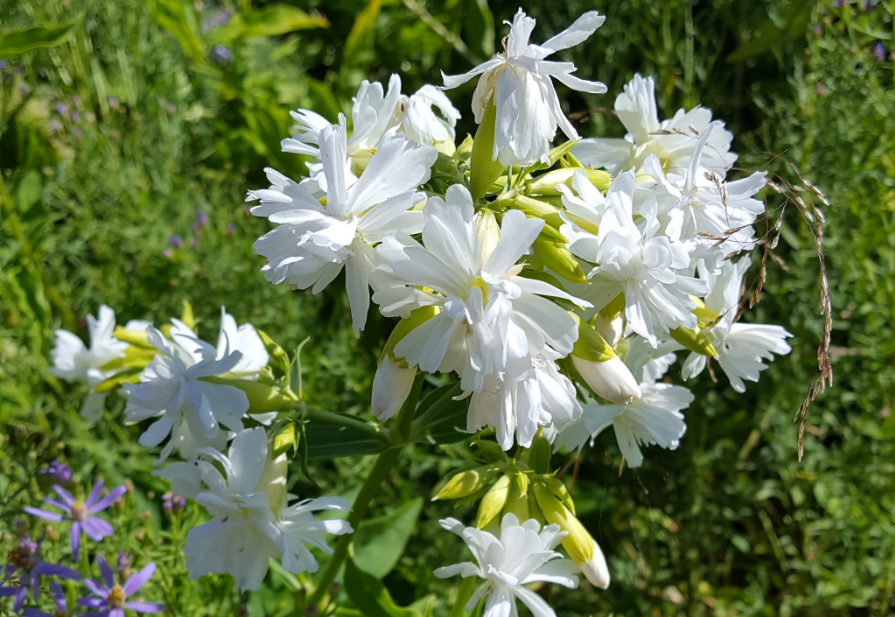






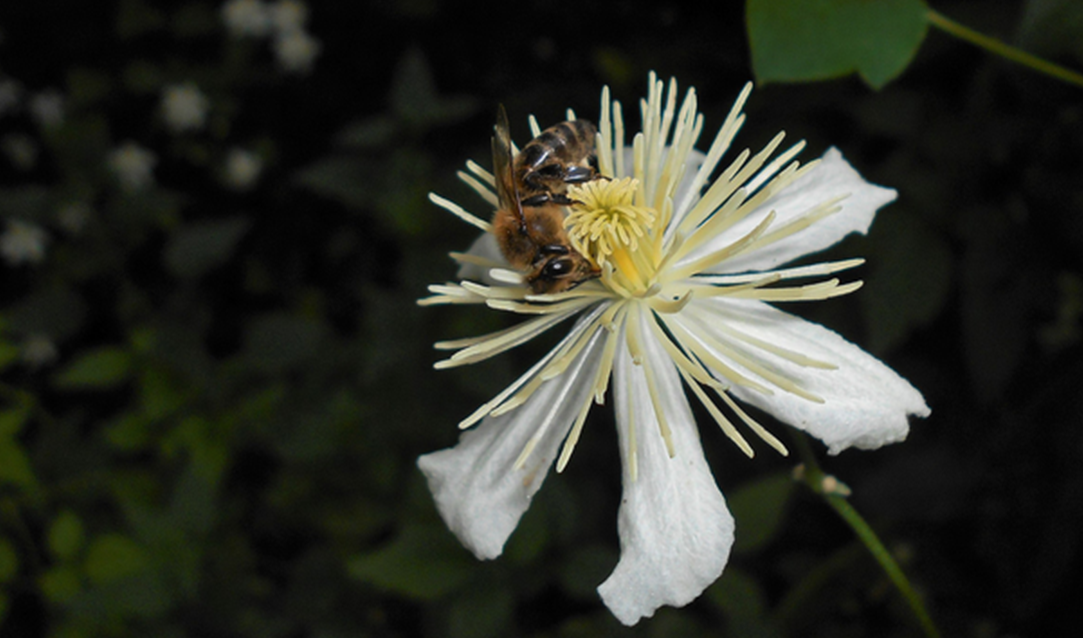
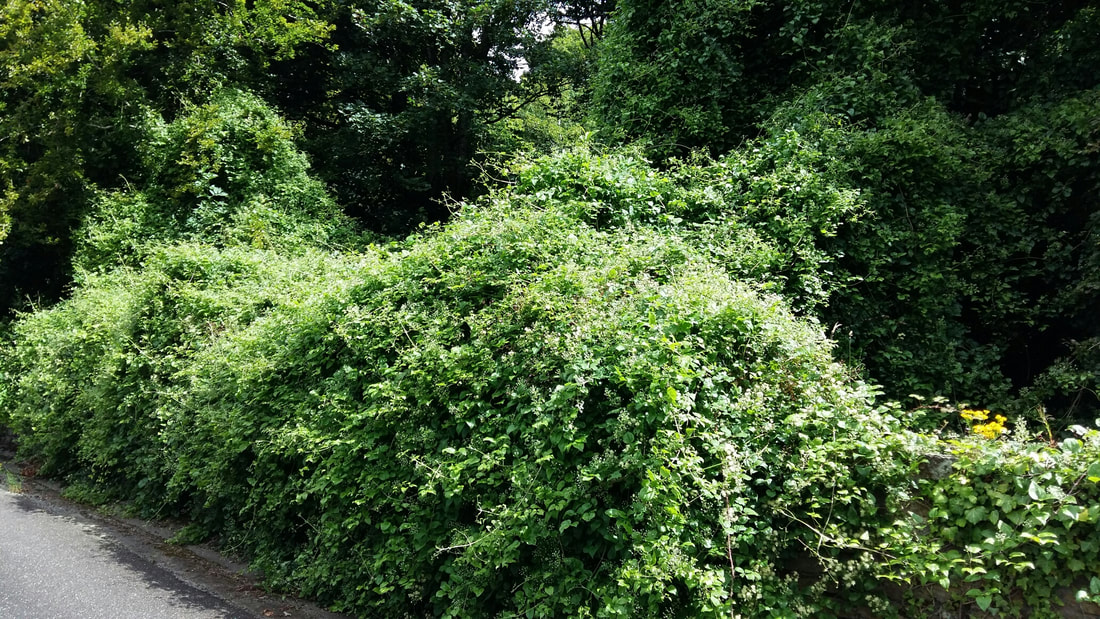
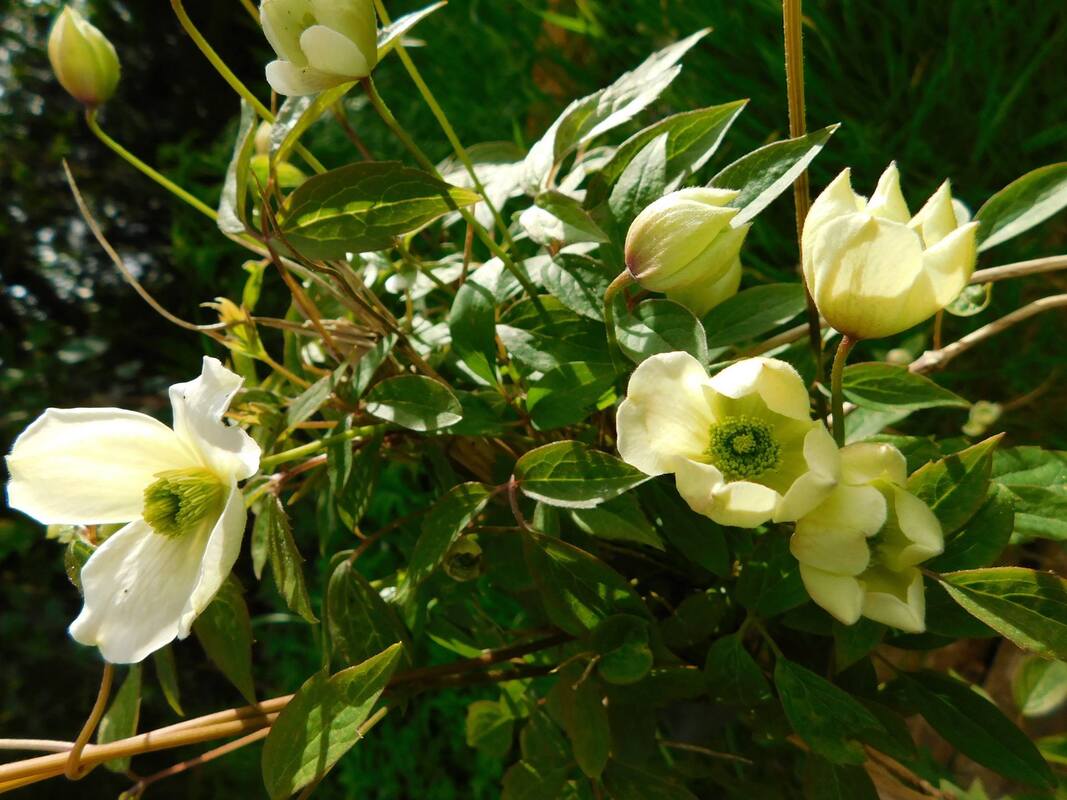

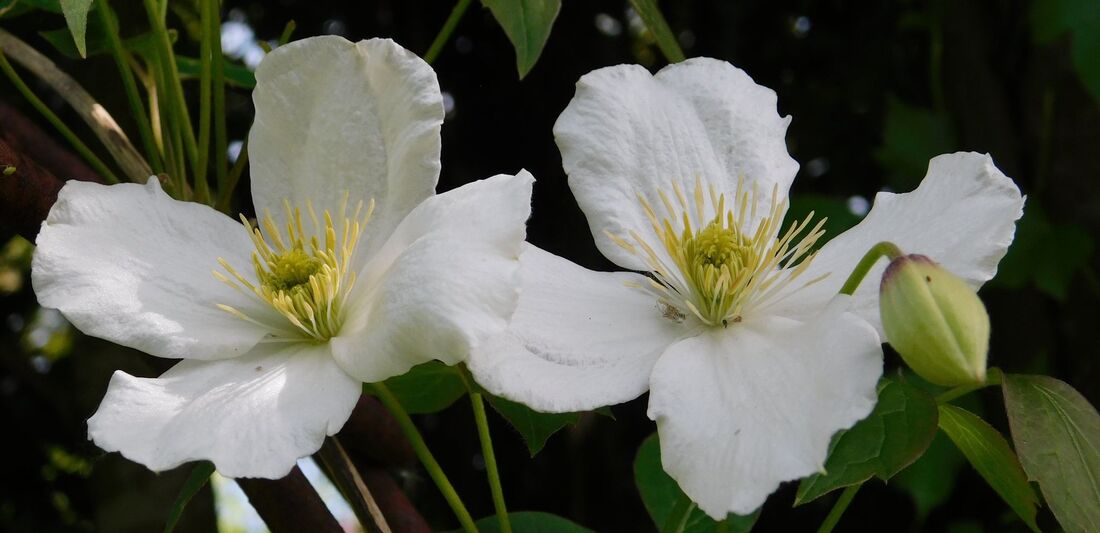
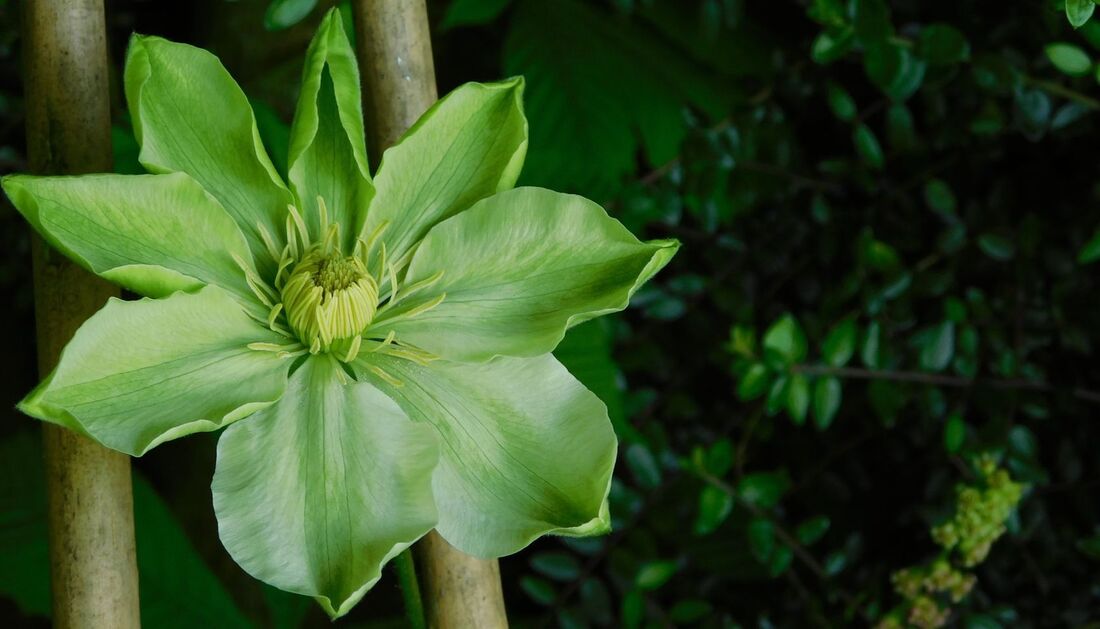
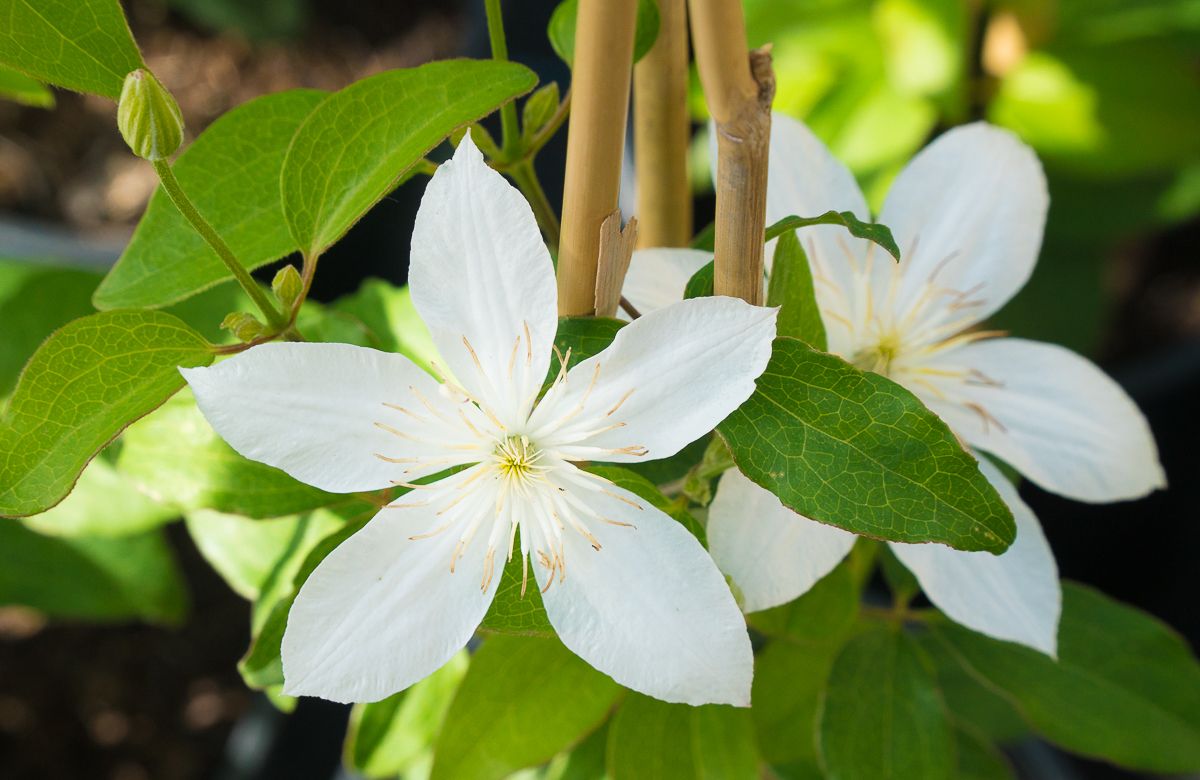


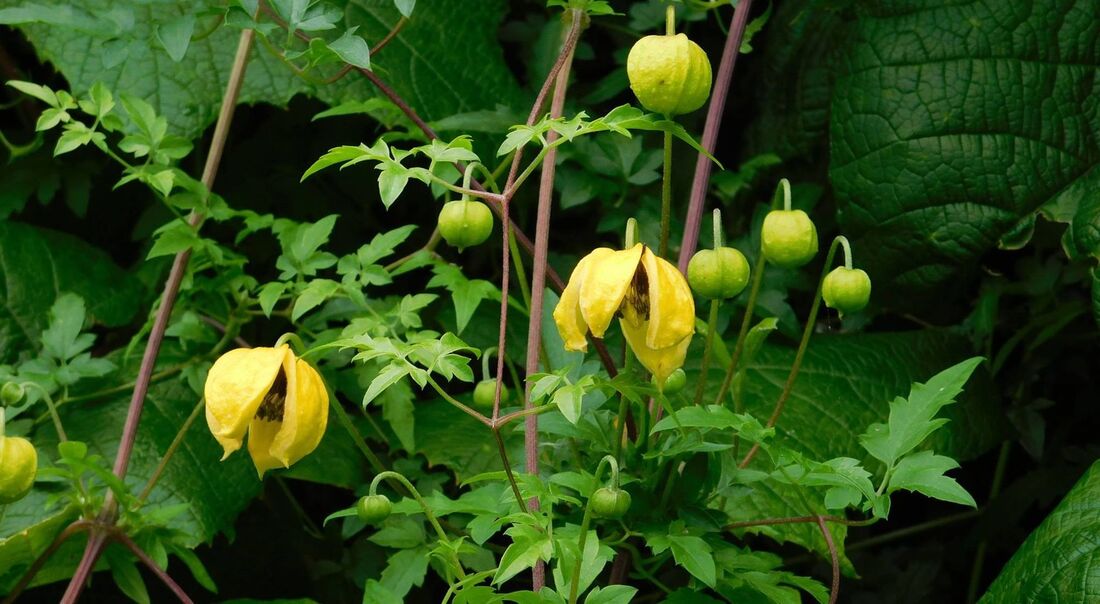
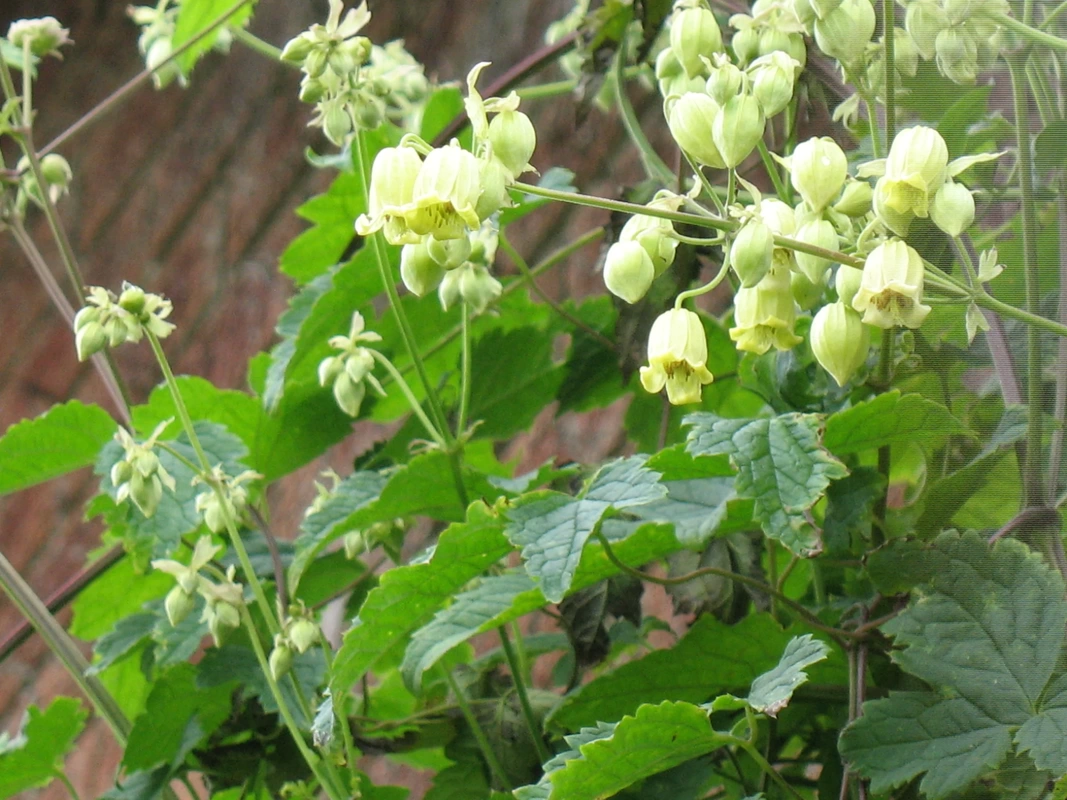
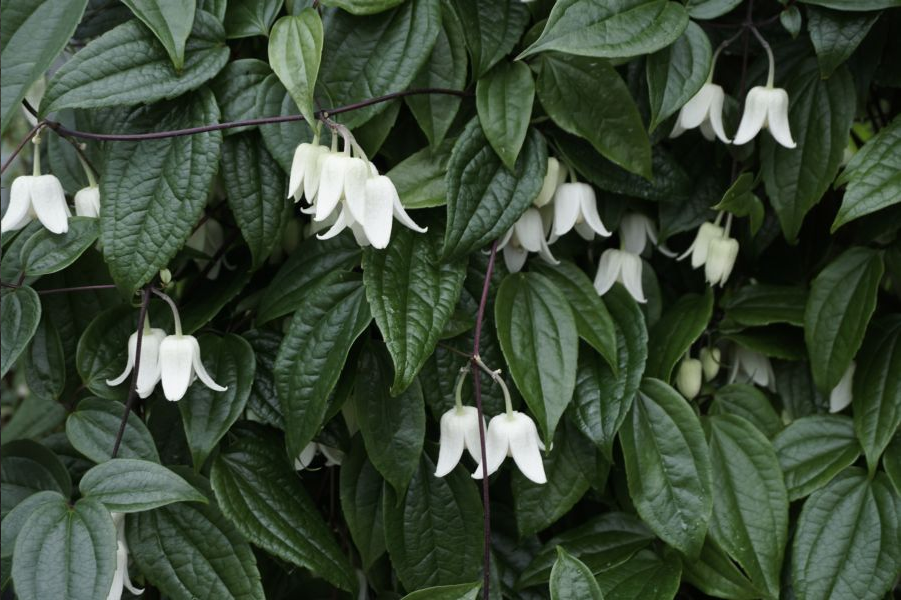
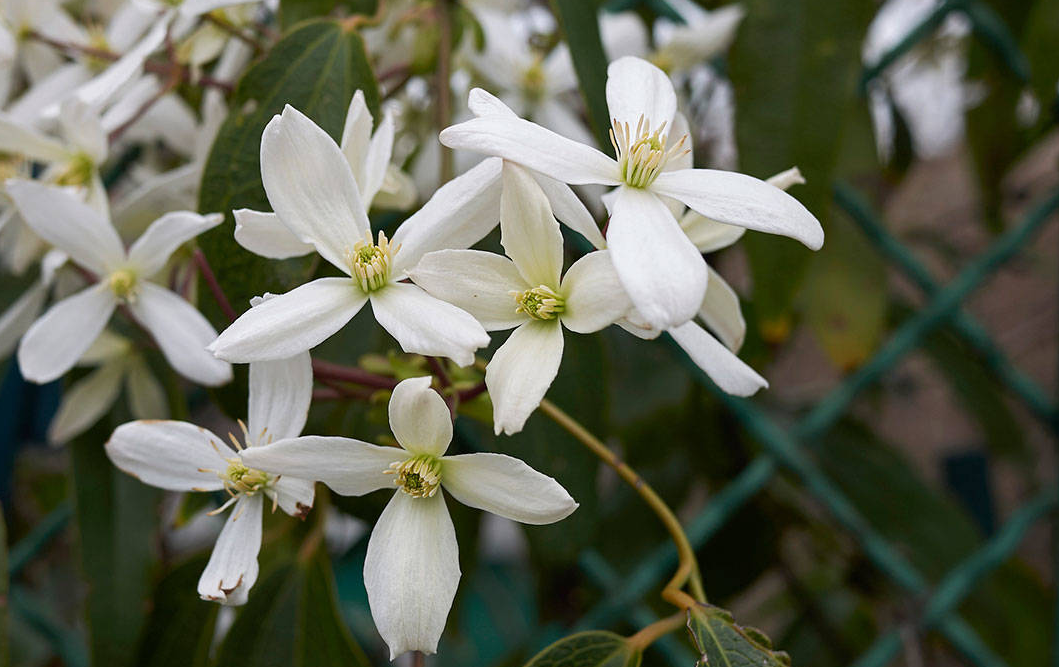
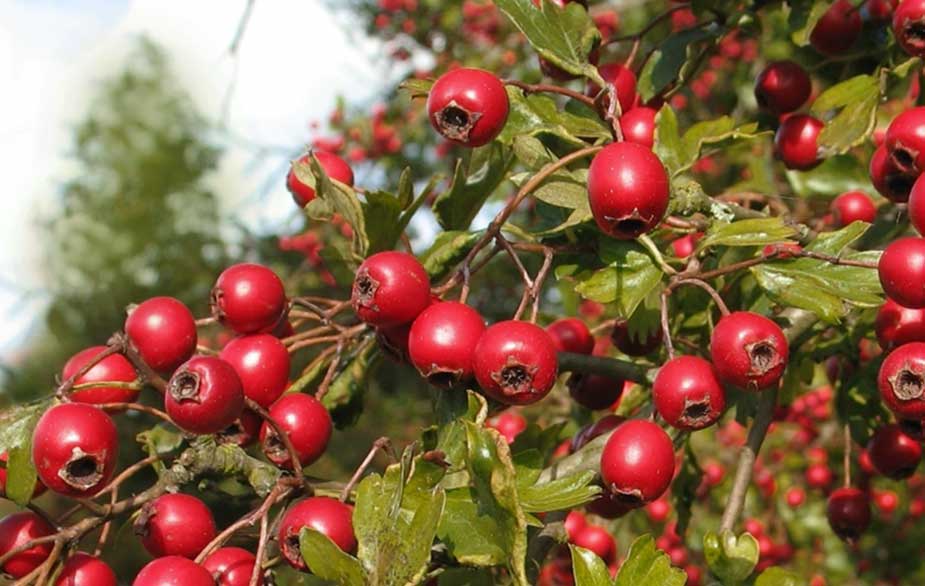


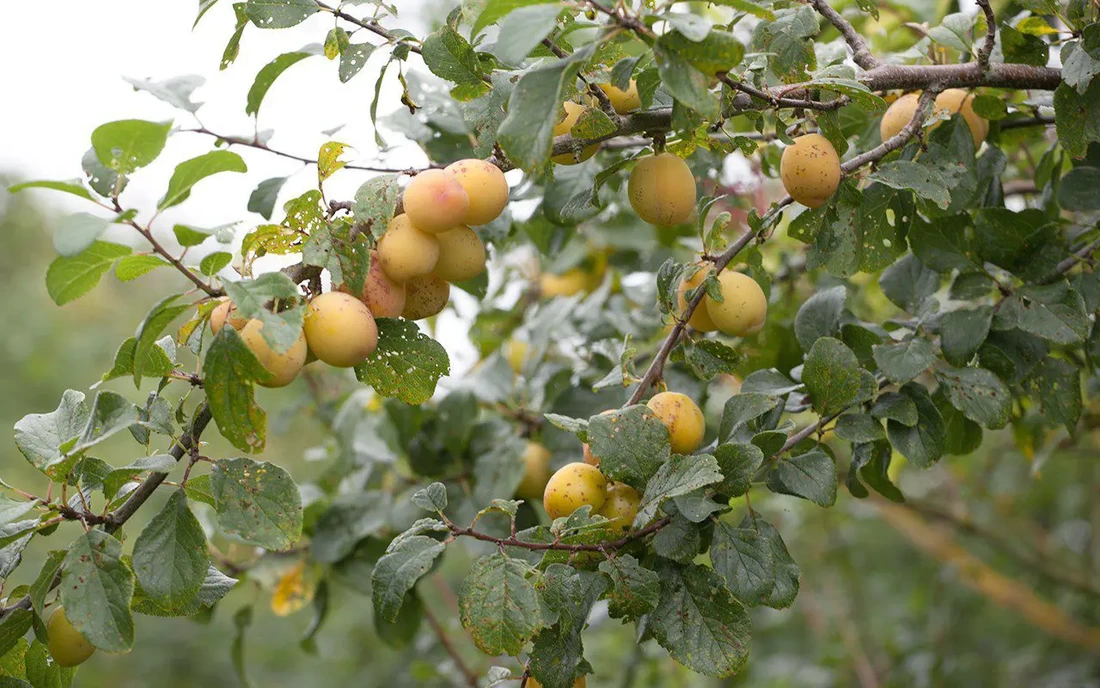
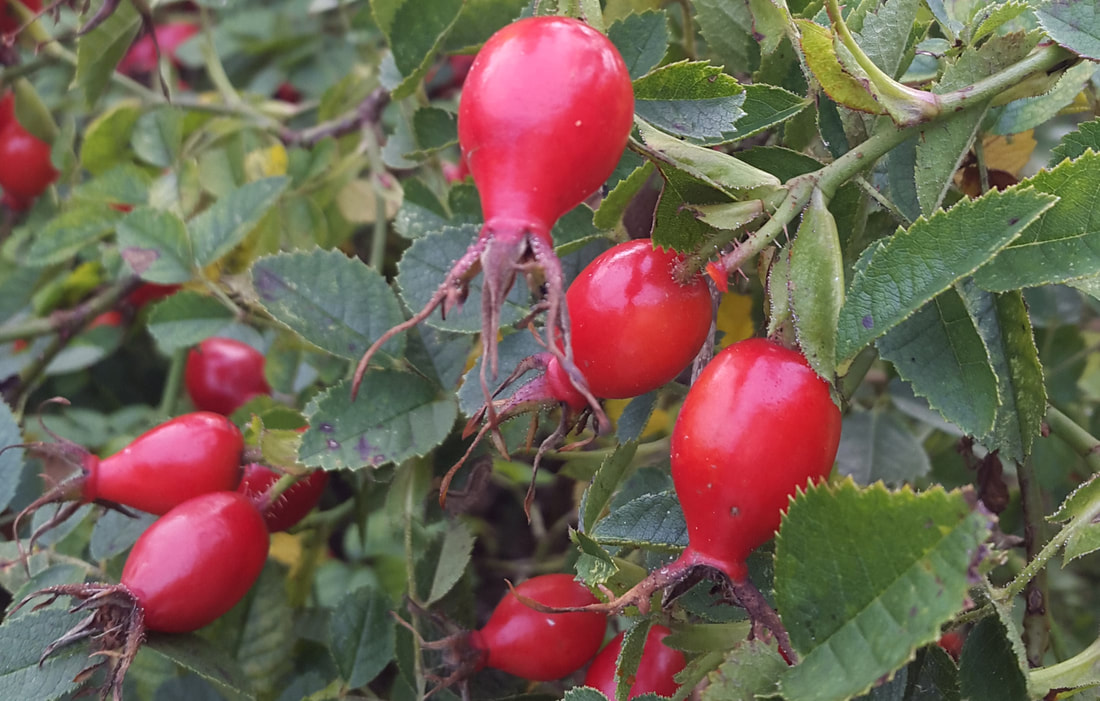

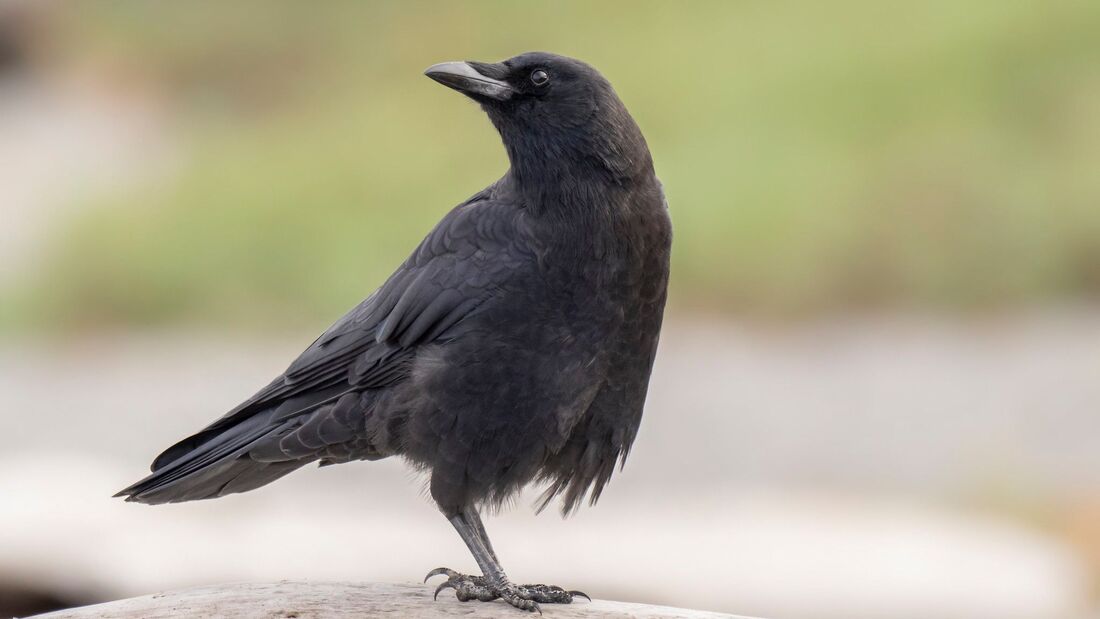
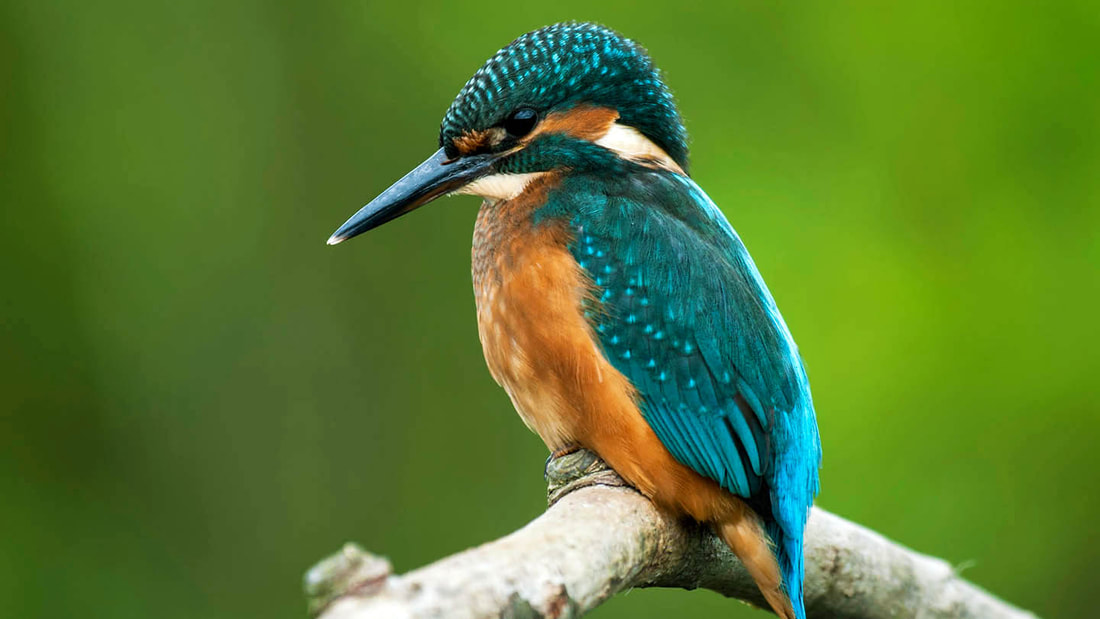

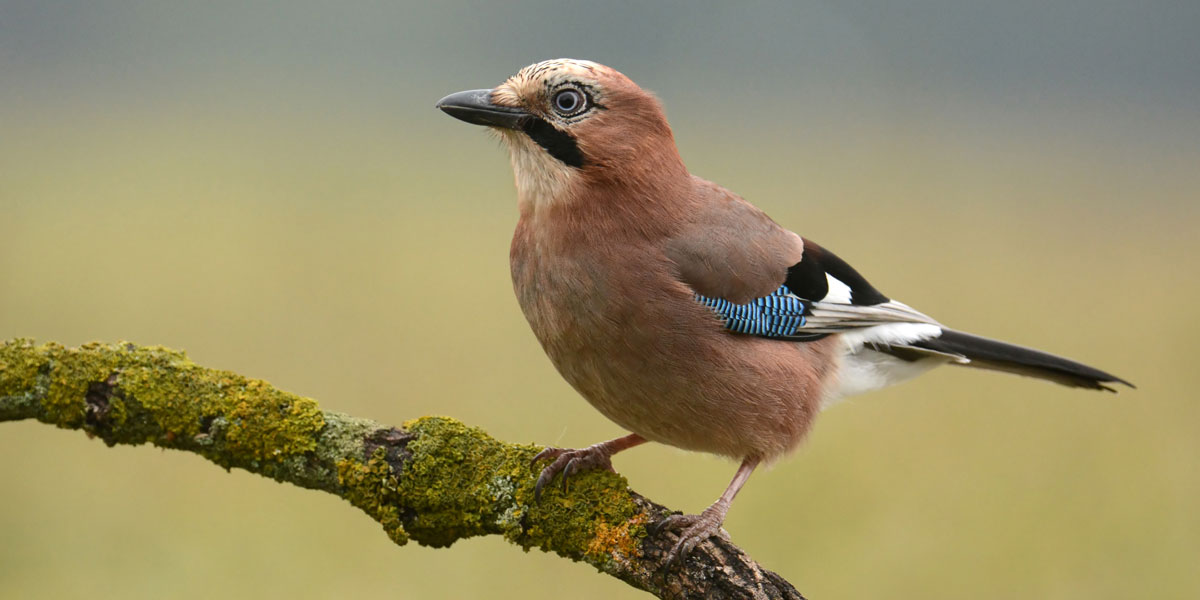
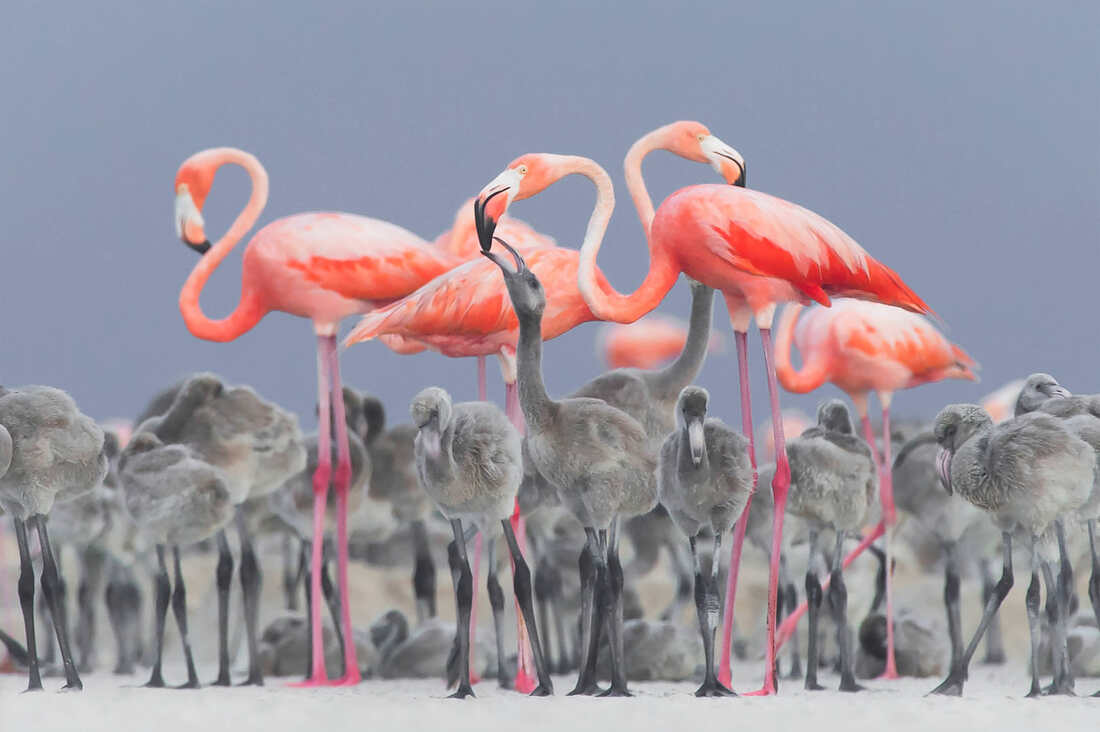

 RSS Feed
RSS Feed